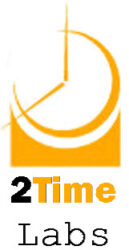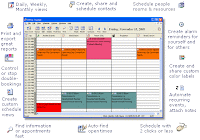 One of the most important tasks that a user of any time management system must perform is to switch from one task to another. While this may seem like a simple action, the more capable users include practices that are unique.
One of the most important tasks that a user of any time management system must perform is to switch from one task to another. While this may seem like a simple action, the more capable users include practices that are unique.
Definition
Switching is defined as stopping one task, looking at all the time demands, and deciding what to do next.
Principles
Advanced users take great care about switching, knowing that there is always a temptation to switch too quickly. To do so is to court disaster.
- Firstly, the most advanced users cherish the moments when they are in the flow of any activity – in fact, a major goal of their system is to stay in the flow as long as possible without interruption. Continue reading “Component/Fundamental #9 – Switching v2”




 A critical part of any time management system is the activity of Listing.
A critical part of any time management system is the activity of Listing.
 Scheduling is one of the major activities that take place in any time management system.
Scheduling is one of the major activities that take place in any time management system.
 Often, critical information enters a capture point that needs to be stored for later use. It may come as part of a time demand, such as a note placed on our desk that says “Call Suzie tomorrow at 555-1616.” This particular note has both a time demand plus a critical piece of information.
Often, critical information enters a capture point that needs to be stored for later use. It may come as part of a time demand, such as a note placed on our desk that says “Call Suzie tomorrow at 555-1616.” This particular note has both a time demand plus a critical piece of information. During the act of
During the act of  Tossing is one of the components that can directly follow
Tossing is one of the components that can directly follow